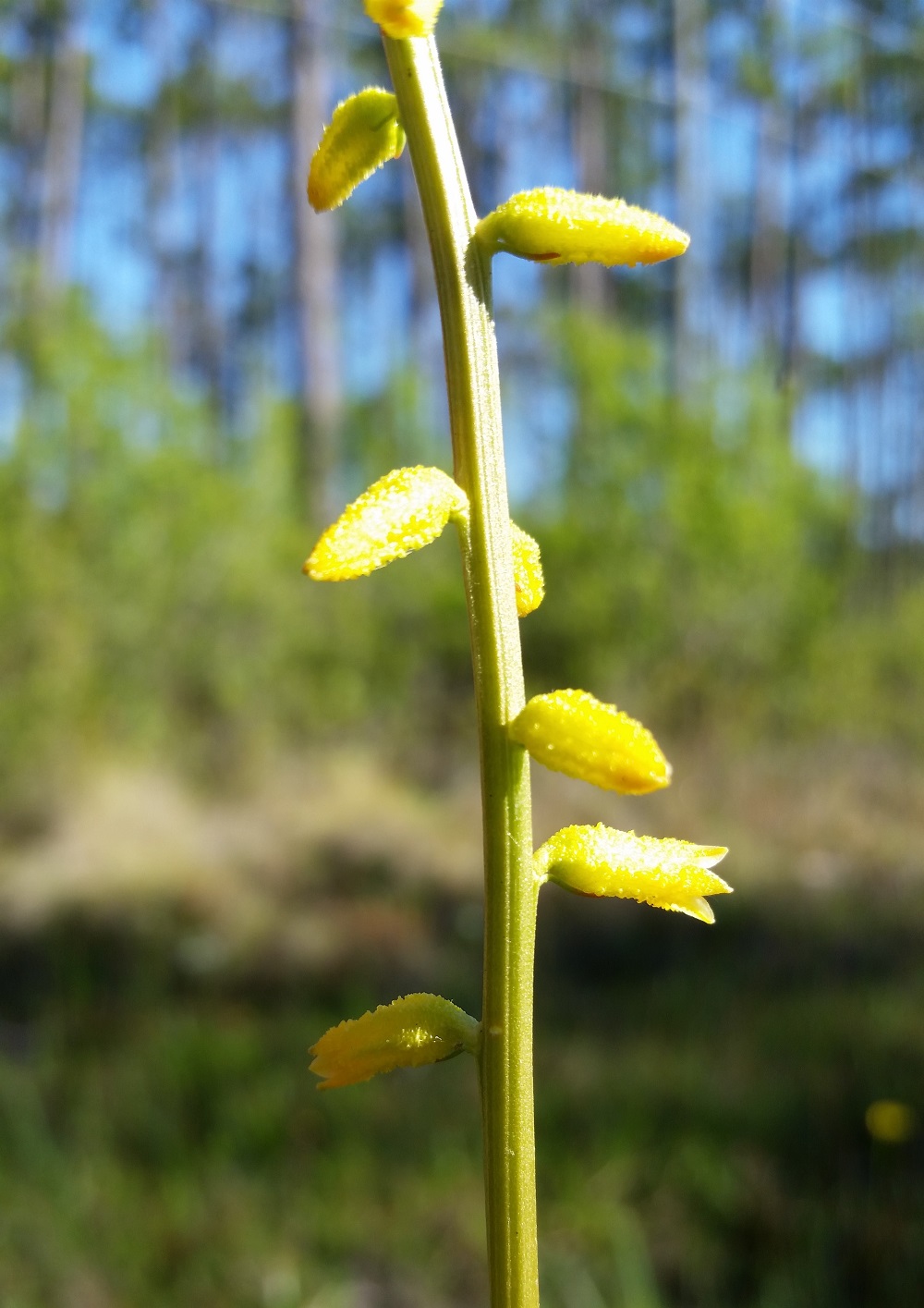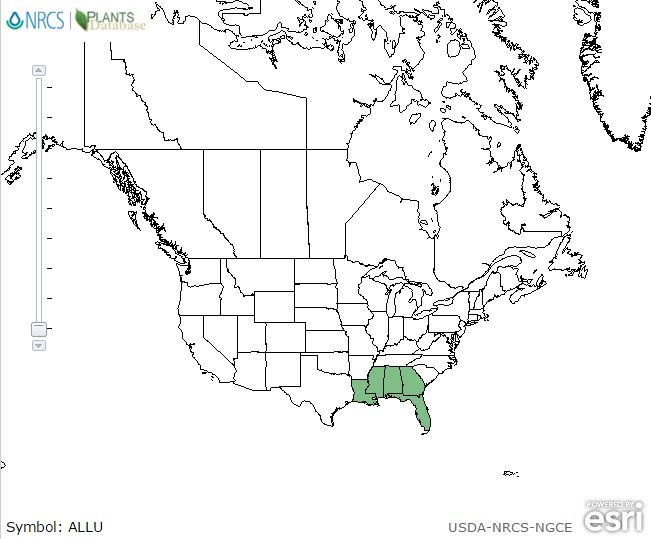Difference between revisions of "Aletris lutea"
Laurenloria (talk | contribs) |
Emmazeitler (talk | contribs) (→Taxonomic notes) |
||
| Line 20: | Line 20: | ||
==Taxonomic notes== | ==Taxonomic notes== | ||
The genus name ''Aletris'' comes for the Greek word for a female slave who ground corn, this is in reference to the perianth shaped like a corn kernel.<ref name="alabama">[[http://www.alabamaplants.com/Yellowalt/Aletris_aurea_page.html]]Alabama Plants. Accessed: March 22, 2016</ref> | The genus name ''Aletris'' comes for the Greek word for a female slave who ground corn, this is in reference to the perianth shaped like a corn kernel.<ref name="alabama">[[http://www.alabamaplants.com/Yellowalt/Aletris_aurea_page.html]]Alabama Plants. Accessed: March 22, 2016</ref> | ||
| + | |||
| + | No synonyms.<ref name="weakley">Weakley, A.S. 2015. Flora of the southern and mid-atlantic states. Working Draft of 21 May 2015. University of North Carolina at Chapel Hill, Chapel Hill, North Carolina.</ref> | ||
| + | |||
| + | No varieties.<ref name="weakley">Weakley, A.S. 2015. Flora of the southern and mid-atlantic states. Working Draft of 21 May 2015. University of North Carolina at Chapel Hill, Chapel Hill, North Carolina.</ref> | ||
==Description== | ==Description== | ||
Revision as of 07:20, 4 September 2020
| Aletris lutea | |
|---|---|

| |
| Photo by Katelin Pearson | |
| Scientific classification | |
| Kingdom: | Plantae |
| Division: | Tracheophyta - Vascular plants |
| Class: | Magnoliopsida– Monocotyledons |
| Order: | Dioscoreales |
| Family: | Nartheciaceae |
| Genus: | Aletris |
| Species: | A. lutea |
| Binomial name | |
| Aletris lutea Small | |

| |
| Natural range of Aletris lutea from USDA NRCS Plants Database. | |
Common name: Yellow colicroot
Contents
Taxonomic notes
The genus name Aletris comes for the Greek word for a female slave who ground corn, this is in reference to the perianth shaped like a corn kernel.[1]
No synonyms.[2]
No varieties.[2]
Description
A description of Aletris lutea is provided in The Flora of North America.
Distribution
Ecology
Phenology
Flowers in January and March to June with peak inflorescence in April and May.[3]
Conservation and management
Cultivation and restoration
Photo Gallery
References and notes
- ↑ [[1]]Alabama Plants. Accessed: March 22, 2016
- ↑ 2.0 2.1 Weakley, A.S. 2015. Flora of the southern and mid-atlantic states. Working Draft of 21 May 2015. University of North Carolina at Chapel Hill, Chapel Hill, North Carolina.
- ↑ Nelson, G. PanFlora: Plant data for the eastern United States with emphasis on the Southeastern Coastal Plains, Florida, and the Florida Panhandle. www.gilnelson.com/PanFlora/ Accessed: 7 DEC 2016